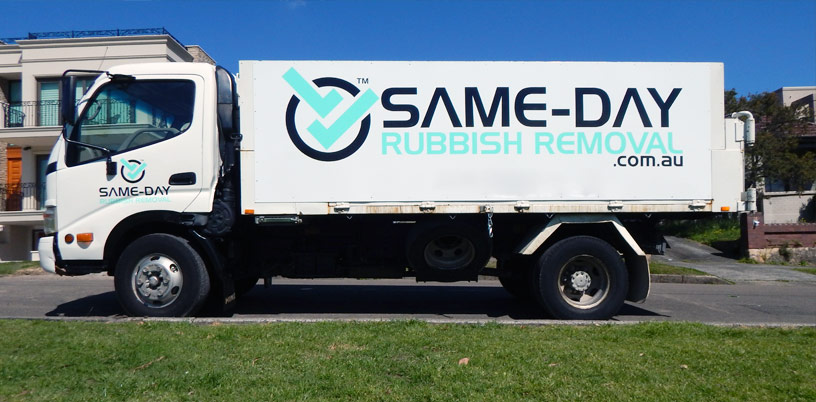The Ultimate Guide To Picking The Appropriate Dumpster Dimension For Your Job
The Ultimate Guide To Picking The Appropriate Dumpster Dimension For Your Job
Blog Article
Uploaded By-Sparks Snider
When embarking on a job that needs a dumpster, the size you pick can greatly influence its effectiveness and cost-effectiveness. Think of having the excellent container that fits all your waste without being exceedingly large or also little. All of it beginnings with understanding the subtleties of your job and choosing a dumpster dimension that straightens with your certain requirements. So, before you make a decision, think about the elements at play to make sure a seamless waste monitoring process from beginning to end.
Aspects to Take into consideration
When picking the right dumpster dimension, there are several key elements to take into consideration.
Initially, consider the type of waste you'll be getting rid of. Different products might need differing quantities of room, so recognizing what you'll be placing in the dumpster is essential.
Next off, analyze the quantity of waste you expect to create. If you take too lightly the volume, you might require to make numerous journeys to deal with every little thing, which can be bothersome and pricey. On the other hand, renting a dumpster that's too huge can result in unneeded costs.
Furthermore, think about the area where the dumpster will certainly be positioned. Make sure there suffices space for the dumpster to be supplied and grabbed with no obstructions.
Last but not least, think of any weight restrictions that might use. Surpassing the weight restriction can lead to added charges or even the refusal of service.
Dumpster Size Choices
For selecting the right dumpster size, it's vital to have a good understanding of the available options. Dumpster sizes normally range from 10 to 40 cubic lawns, with variations in between.
A 10-yard dumpster is suitable for tiny tasks like a garage cleanout or a tiny remodelling. If you're dealing with a medium-sized project such as a kitchen remodel or a cellar cleanout, a 20-yard dumpster might be the appropriate choice.
For larger projects like a whole-house improvement or business building, a 30 or 40-yard dumpster could be preferable to fit the volume of waste produced.
When deciding on a dumpster size, consider the quantity and kind of particles you anticipate to deal with. It's much better to select a slightly larger size if you're uncertain to stop overfilling. Bear in mind, it's more economical to rent a dumpster that fits your needs as opposed to having to order an added one.
Matching Dimension to Project
Ideally matching the dumpster dimension to your job is important for reliable waste management. To figure out the right dimension, think about the range and nature of your task.
For tiny house cleanouts or restorations, a 10-yard dumpster may be adequate. These are generally 12 feet long and can hold about 4 pickup lots of waste.
For larger projects like remodeling several rooms or clearing out a huge estate, a 20-yard dumpster could be better. These are around 22 feet long and can hold approximately 8 pickup truck tons.
If you're tackling a major construction job or industrial improvement, a 30-yard dumpster could be the best fit. read on have to do with 22 feet long and can fit regarding 12 pickup truck lots of debris.
Matching the dumpster dimension to your task ensures you have sufficient room for all waste products without paying too much for unused ability.
Final thought
Finally, choosing the appropriate dumpster dimension for your project is critical for efficient waste disposal. By thinking about https://kevsbest.com/heavy-machinery-dealers-in-philadelphia-pa/ like the kind and amount of waste, space accessibility, weight restrictions, and budget restraints, you can ensure you have the proper size dumpster for your requirements. See to it to match the dimension of the dumpster to the extent and nature of your project to stay clear of overspending on unnecessary expenditures.
